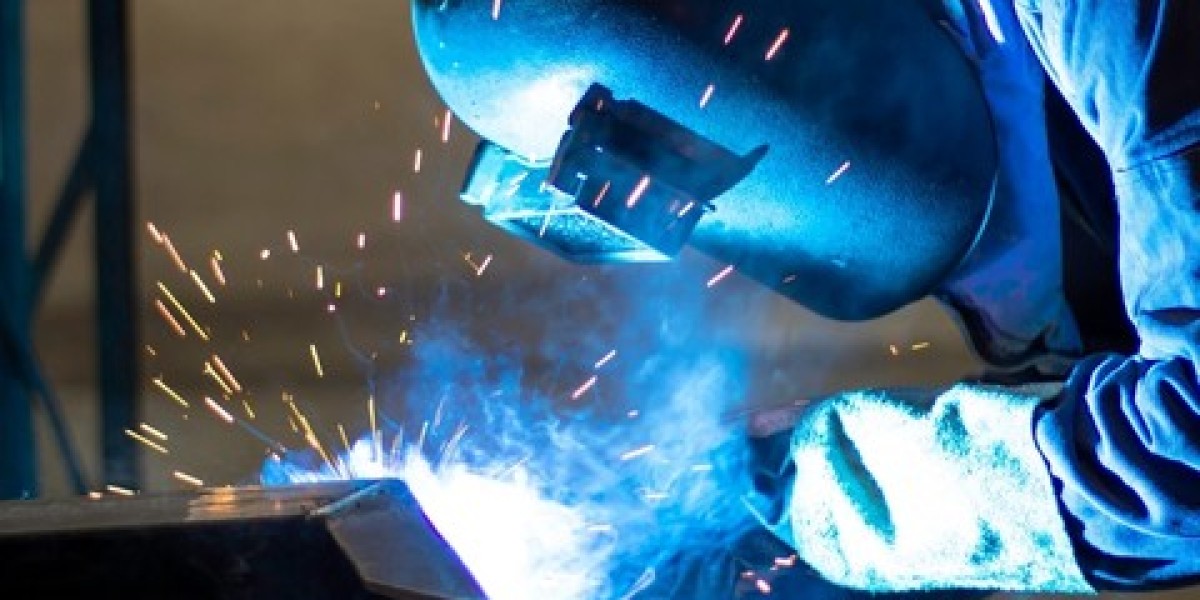White iron casting is a versatile and widely used method in the manufacturing industry, known for its durability, strength, and resistance to wear. Whether you're a seasoned professional or just starting out, mastering the art of white iron casting can significantly enhance your capabilities in metalworking. In this detailed guide, we'll delve into the intricacies of white iron casting, covering everything from materials and equipment to techniques and best practices.
Understanding White Iron Casting:
White iron casting is a process of pouring molten iron into a mold, where it solidifies into the desired shape. What sets white iron apart is its high carbon content, which gives it exceptional hardness and wear resistance. This makes it ideal for applications where abrasion and impact are prevalent, such as in mining, construction, and manufacturing machinery.
Materials and Equipment:
Iron Alloys: White iron typically contains high levels of carbon and silicon, with additional alloying elements like chromium, nickel, and molybdenum to enhance its properties.
Foundry Furnace: A foundry furnace capable of reaching temperatures exceeding 2500°F (1370°C) is essential for melting iron alloys.
Molds: Molds can be made from various materials, including sand, ceramic, and metal. Each type offers unique advantages depending on the complexity of the casting and desired surface finish.
Pattern: A pattern, usually made of wood or metal, is used to create the cavity within the mold, defining the shape of the final casting.
Crucible: A crucible is a container designed to withstand high temperatures and hold molten metal safely during the casting process.
Casting Process:
Pattern Making: Create a pattern of the desired object using wood or metal, ensuring it's slightly larger than the final casting to account for shrinkage.
Mold Preparation: Place the pattern in a flask and fill it with molding material, such as sand or ceramic. Compact the material around the pattern to create a precise mold cavity.
Melting and Pouring: Heat the iron alloy in the foundry furnace until it reaches a molten state. Once molten, carefully pour the metal into the mold cavity, ensuring proper filling and minimizing defects like air bubbles.
Cooling and Solidification: Allow the casting to cool and solidify within the mold. The cooling rate can impact the microstructure and properties of the final casting, so it's crucial to control this process carefully.
Finishing: Once cooled, remove the casting from the mold and remove any excess material or imperfections using tools like grinders or sandblasters. Heat treatment may also be applied to further enhance the casting's properties.
Best Practices:
Maintain Consistent Temperature: Control the furnace temperature to ensure the molten metal remains at the desired pouring temperature throughout the casting process.
Proper Ventilation: Adequate ventilation is crucial in the foundry to prevent the buildup of harmful fumes and gases produced during metal melting.
Quality Control: Regularly inspect molds, patterns, and equipment for signs of wear or damage that could affect casting quality.
Safety First: Always wear appropriate personal protective equipment (PPE), including heat-resistant clothing, gloves, and eye protection, to prevent accidents and injuries.
Continuous Learning: Stay updated on the latest advancements and techniques in white iron casting through workshops, courses, and industry publications to refine your skills and expertise.
Conclusion:
Mastering white iron casting requires patience, precision, and a deep understanding of the materials and processes involved. By following this comprehensive guide and incorporating best practices into your workflow, you'll be well-equipped to produce high-quality castings that meet the demands of even the most challenging applications.








